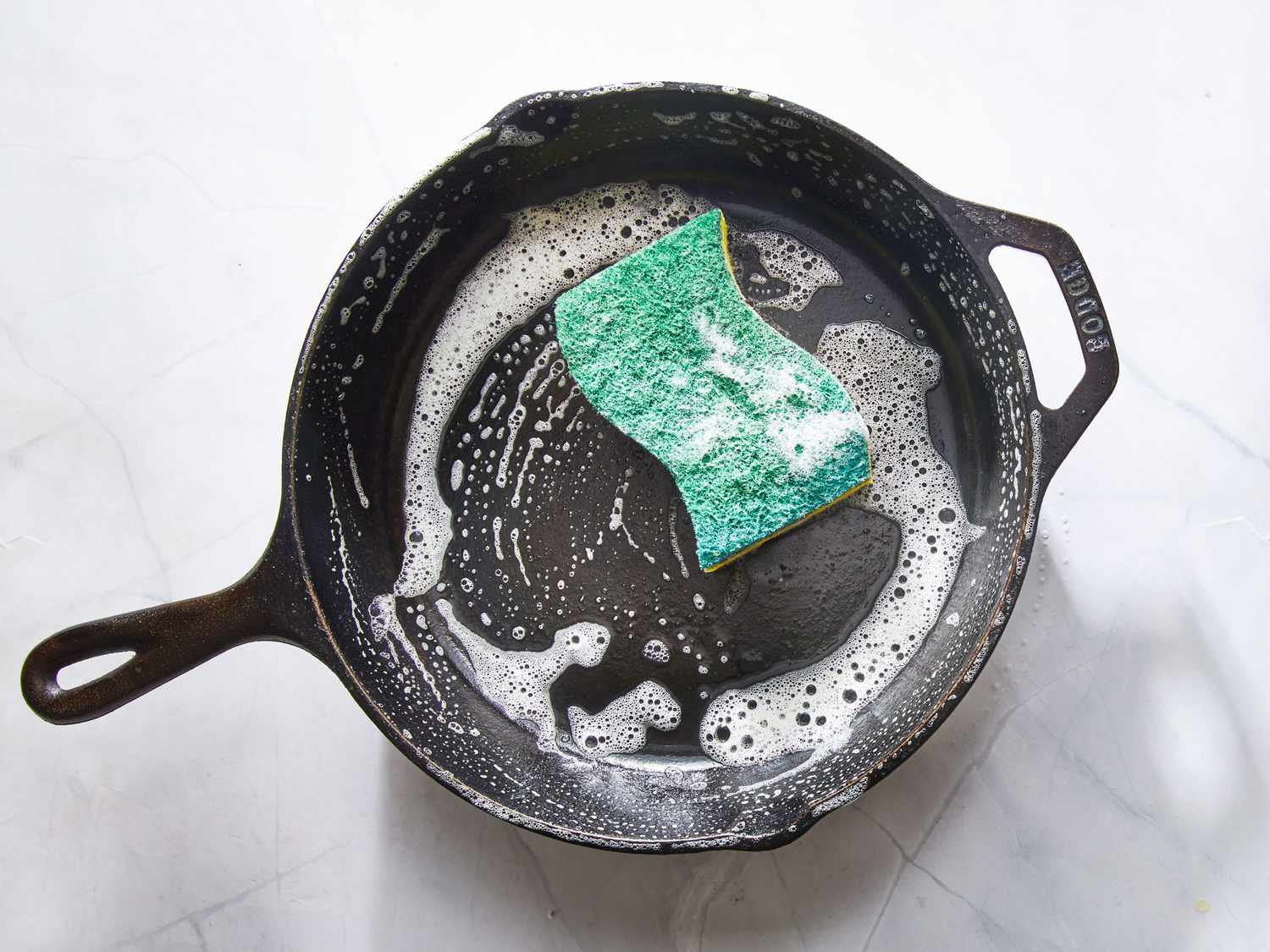Antique cast iron stoves are cherished possessions in many homes. These stoves add a touch of history and rustic charm to your kitchen. However, over time, they might develop rust, which can tarnish their beauty and functionality. This article covers how to clean rust off antique cast iron stove using effective and approved methods, ensuring that your stove looks as good as new.

Understanding the Vintage Appeal of Antique Cast Iron Stoves
Antique cast iron stoves are more than just cooking appliances; they are revered pieces of history. Their timeless quality and robust construction are why they remain popular even in modern times. However, maintaining their charm requires proper care and occasional rust removal.

Why Do Antique Cast Iron Stoves Develop Rust?
Rust forms when the iron in your stove reacts with moisture and oxygen, leading to corrosion. If not treated, rust can weaken the structure of the stove and impact its performance.

Preparing Your Stove for Cleaning
Before you start cleaning, ensure the stove is completely cool. Remove any detachable parts and excess debris or ash.

Materials Needed for Rust Removal
- Baking soda
- White vinegar
- Steel wool pads
- Soft cloths
- Non-metallic brush
- Protective gloves
- Rust-resistant paint (optional)
Step-by-Step Guide to Cleaning Rust Off Your Cast Iron Stove
Step 1: Dry Scrubbing with Steel Wool Pads
Put on your protective gloves and use steel wool pads to scrub off as much surface rust as possible. This initial step helps to get rid of loose rust particles.
Step 2: Applying a Baking Soda Paste
Mix baking soda with a small amount of water to form a paste. Apply this paste generously over the rusted areas. Let it sit for around 30 minutes. Baking soda is mildly abrasive and helps to loosen rust.
Step 3: Scrubbing with Vinegar
Pair the baking soda paste with white vinegar. Spray or pour vinegar onto the areas containing the baking soda. The chemical reaction between vinegar and baking soda will help in removing tougher rust spots. Use a non-metallic brush to scrub.
Step 4: Rinsing and Drying
After scrubbing, rinse the stove with water and dry it immediately with soft cloths. Any remaining moisture can lead to new rust formations.
Step 5: Applying Rust-Resistant Paint
As an extra layer of protection, consider applying rust-resistant paint to your cast iron stove. This step can help in preventing future rust buildup. simple cast iron salmon
Maintenance Tips to Prevent Rust
Regular Cleaning
Regularly clean your antique cast iron stove to prevent the buildup of rust-causing debris.
Seasoning Your Stove
Just like cast iron skillets, stoves can also be seasoned. Apply a thin layer of cooking oil to the surface and heat it, creating a protective coating.
Keeping It Dry
Moisture is the enemy of cast iron. Keep your stove dry at all times, especially after cleaning or cooking.
Using a Stove Cover
A stove cover can protect your antique cast iron stove from dust and moisture when not in use.
Regular Inspections
Inspect your stove regularly for early signs of rust. This will allow you to address the issue before it becomes severe.
Frequently Asked Questions (FAQs)
What should I avoid when cleaning my antique cast iron stove?
Avoid using harsh chemicals or abrasive tools that can scratch or damage the cast iron surface.
Can I use commercial rust removers?
While commercial rust removers can be effective, they often contain strong chemicals that might not be suitable for antique stoves. Always read labels and test in a small area first.
How often should I clean my antique cast iron stove?
Regular maintenance and cleaning are crucial. Ideally, you should clean your stove after each use and perform a more thorough cleaning monthly.
As an Amazon Associate, I earn from qualifying purchases.
For more information about cast iron care, check out these guides on cast iron roast, cast iron hash browns, and chicken wings.
Engage in caring for your antique cast iron stove; it is an investment that pays off in beauty, function, and historical preservation. Happy cleaning!

